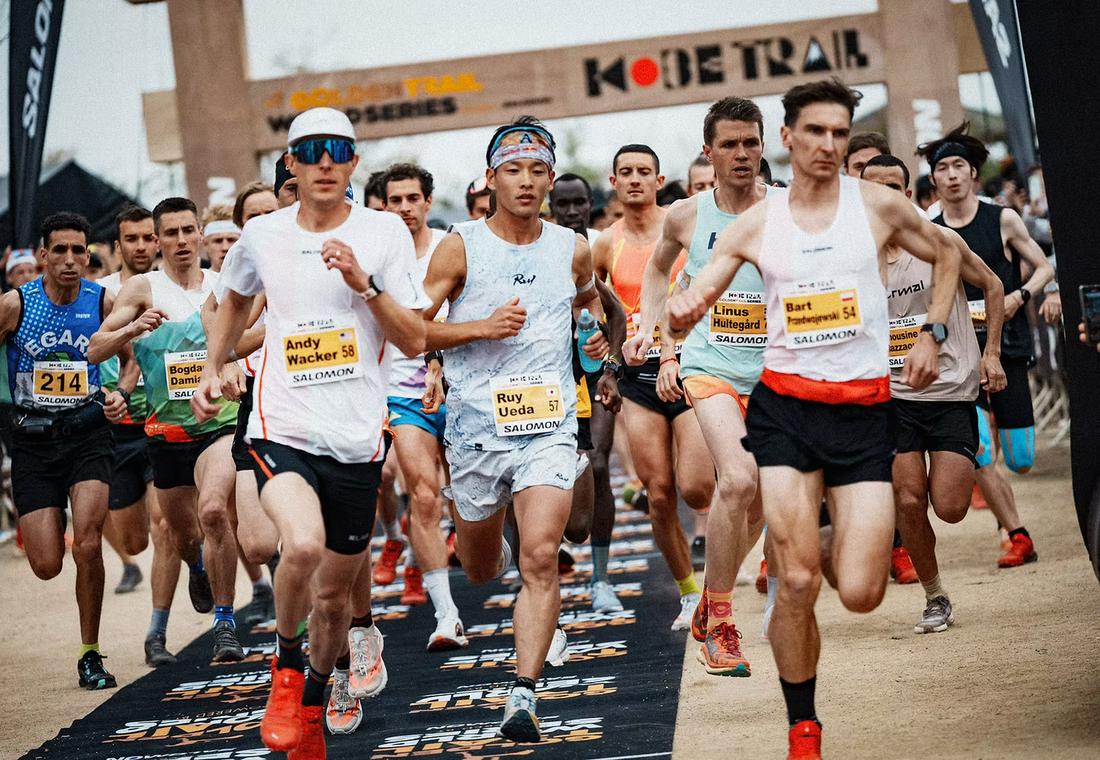
The Kobe Trail: The Crucial Role of Nutrition in Trail Running Success
Share
The Kobe Trail, the inaugural race of the 2025 Golden Trail World Series, showcased the unpredictable nature of trail running. While physical prowess is essential, factors like navigation and nutrition play pivotal roles in an athlete's performance.
The Importance of Nutrition in Trail Running
Trail running demands sustained energy, mental clarity, and physical endurance. Proper nutrition ensures that runners maintain optimal performance levels throughout the race. A reliable endurance fuel, such as the Endu1 Honey Boost, can help trail runners meet their nutritional needs without the gut discomfort that often accompanies traditional fueling methods.
Key Nutritional Strategies for Trail Runners
Pre-Race Preparation: Consume a balanced meal rich in carbohydrates, moderate in protein, and low in fat 2-3 hours before the race to ensure energy stores are maximised.
During the Race: Alongside regular hydration, consider a product like Endu1 Honey Boost to keep your energy consistent. Endu1 provides a steady release of carbohydrates and is designed to be gentle on the stomach, making it an ideal choice for maintaining blood glucose levels and delaying fatigue.
Hydration: Regularly consume fluids to prevent dehydration. In addition to water, Endu1’s well-rounded formulation includes electrolytes to replace lost salts, especially important in hot or long-duration races.
Post-Race Recovery: Within 30 minutes of finishing, consume a recovery meal or drink containing carbohydrates and protein in a 3:1 ratio to replenish glycogen stores and aid muscle repair.
Conclusion
The outcomes of races like the Kobe Trail highlight that success in trail running isn’t solely about speed. Comprehensive preparation, including effective nutrition strategies with products like Endu1, is vital. By focusing on the right fueling approach, trail runners can enhance their performance and navigate the challenges of the trail more effectively.







